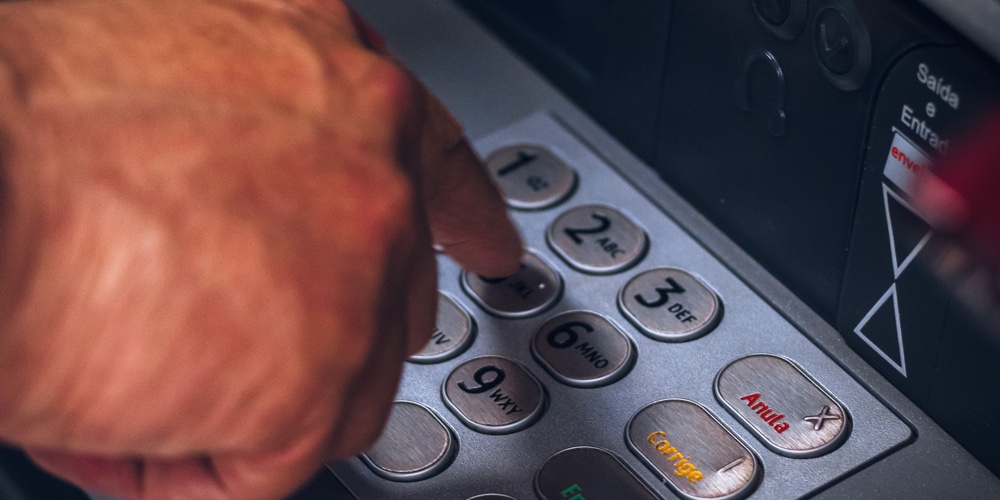Deep insert skimmers – How to defend against these stealthy parasites

Despite advances in protections, card skimming continues to rise in the U.S. Thirty cities recorded skimmer theft around the end of 2022 according to Fox News. Skimming tactics are becoming increasingly sophisticated, and deep insert skimming is among the most difficult to detect. Fortunately, there are also many ways, both simple and high-tech, to defend against these skimmer attacks.
What Are Deep Insert Skimming Attacks?
Card skimmers are using increasingly advanced methods to capture magnetic stripe information that remains on credit and debit cards alongside more secure EMV chip technology. When combined with a pin number, fraudsters can use the information to make purchases or steal funds from the cardholder.
Already difficult to detect, deep insert skimmers are becoming increasingly small, less than a millimeter. These miniscule skimmers are harder to detect since they cause less interference as users insert their cards into an ATM slot. When combined with keypad overlays or tiny hidden cameras that record pin numbers these sophisticated skimmers provide fraudsters what they need to steal cardholder funds.
What Can Credit Unions and Members Do?
While ATM processors are constantly working on technology to help block these devices from their machines, both credit unions and cardholders can take their own steps to guard against ATM skimmers.
Cardholders can:
- Choose indoor ATMs and those in well-lit areas.
- Cover the keypad while typing pin numbers.
- Look for tiny holes in the panels around the keypad that indicate cameras.
- Jiggle the keypad itself to see if it’s loose.
- Take advantage of contactless card technology and tap cards rather than inserting them into the slot.
Credit unions can:
- Keep their members informed with tips on ATM safety.
- Check machines regularly and keep the area around ATMs well-lit to dissuade fraudsters from installing skimmers.
- Set low fallback limits. This protects credit unions and members when the chip cannot be read and the card is inserted to read the magnetic stripe instead. There are legitimate reasons for allowing fallback transactions, but card issuers hold the liability for fraudulent fallback transactions. Keeping the limit low is vital to your credit union’s well-being.
While deep insert skimming may be difficult to detect, staying alert, utilizing contactless cards, and setting constructive limits on at-risk activity like fallbacks can defend against these stealthy skimming attacks. At Envisant, our team of fraud experts is here to help keep credit unions and their members protected against card skimming and other fraud attacks. To learn how we can help, please contact 1-800-942-7124.





